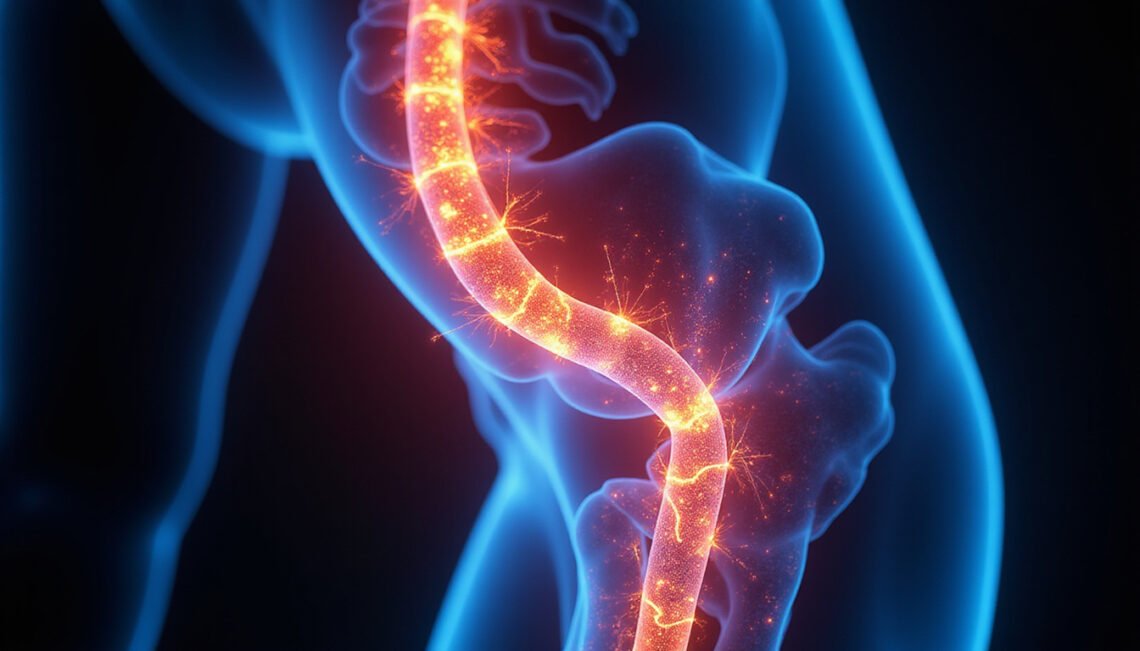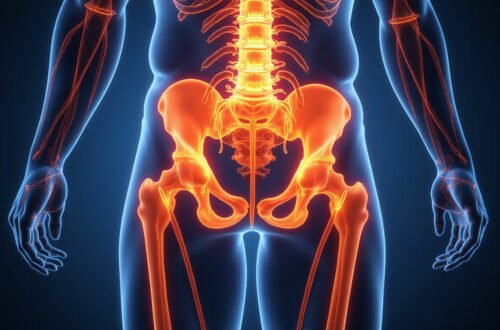The sciatic nerve is the longest and widest nerve in the human body, running from the lower back down through the legs. When this nerve becomes compressed or irritated, it can cause significant pain, known as sciatica, which can profoundly affect daily activities. To accurately diagnose the underlying cause of sciatic nerve pain, medical professionals often turn to advanced imaging techniques, among which the sciatic nerve MRI stands out as a crucial tool. This article delves into the importance of a sciatic nerve MRI, how it works, its benefits, and what patients can expect during the procedure.
Understanding Sciatic Nerve Pain and Its Causes
Sciatic nerve pain typically radiates from the lower back down to the buttocks and legs. It can be caused by various factors, including:
- Herniated or bulging discs pressing on the nerve roots
- Spinal stenosis (narrowing of the spinal canal)
- Piriformis syndrome, where the piriformis muscle irritates the nerve
- Tumors or infections affecting nerve tissue
- Traumatic injuries or inflammation
Because sciatica symptoms often overlap with other conditions, accurately identifying the source of nerve irritation is essential for proper treatment. This is where a detailed imaging technique such as the sciatic nerve MRI becomes invaluable.
What Is a Sciatic Nerve MRI?
A sciatic nerve MRI is a specialized magnetic resonance imaging scan tailored to visualize the sciatic nerve and surrounding tissues. Unlike standard MRIs focused on bone or general soft tissue, this type of MRI emphasizes nerve structures, enabling doctors to see the sciatic nerve’s exact anatomy and path.
Using powerful magnets and radio waves, the sciatic nerve MRI produces high-resolution images of soft tissues, including nerves, muscles, and intervertebral discs, without exposure to radiation. Enhanced imaging sequences such as MR neurography can further highlight nerve damage or inflammation.
Benefits of Sciatic Nerve MRI for Diagnosis
Choosing a sciatic nerve MRI as a diagnostic tool offers several advantages:
- Precise Localization of Problems: The scan pinpoints the location and extent of nerve compression or damage.
- Detection of Underlying Conditions: It helps identify herniated discs, tumors, cysts, or anatomical anomalies contributing to sciatica.
- Non-invasive and Safe: MRI avoids exposure to ionizing radiation and is generally safe for most patients.
- Guiding Treatment Plans: Accurate imaging enables customized treatment, whether it’s physical therapy, medications, injections, or surgery.
- Monitoring Progress: Follow-up MRIs can assess healing or the success of interventions.
These benefits contribute to faster, more accurate diagnosis and better patient outcomes.
What to Expect During a Sciatic Nerve MRI Procedure
If your physician recommends a sciatic nerve MRI, here’s what you can generally expect:
- Preparation: Usually, no special preparation is required. Patients may be advised to wear comfortable clothing without metal.
- Positioning: You will lie on a motorized bed that slides into the MRI machine, typically positioned lying on your back.
- Duration: The scan generally takes 30 to 60 minutes, depending on the area being imaged.
- Noise: The machine produces loud knocking or buzzing sounds; ear protection is typically provided.
- Contrast Agents: In some cases, a contrast dye may be administered intravenously to highlight certain structures.
- Immobility: Staying still during the scan is crucial for clear images.
When the procedure is complete, images are reviewed by a radiologist and sent to your diagnosing physician to develop an appropriate treatment plan.

How Sciatic Nerve MRI Aids Treatment Decisions
Accurate imaging of the sciatic nerve helps doctors distinguish between mechanical causes such as a herniated disc and other sources like tumors or infection. This differentiation is vital because it affects treatment choices. For example:
- If a herniated disc is compressing the nerve, conservative treatment like physical therapy or epidural steroid injections may be prescribed.
- If a tumor or cyst is detected, surgery or oncological treatment might be required.
- For piriformis syndrome, the treatment may focus on muscle stretching and injections.
By precisely identifying the cause, the sciatic nerve MRI supports tailored treatments that can more effectively relieve pain and improve function.
Key Advantages and Limitations of Sciatic Nerve MRI
Advantages:
- Non-invasive imaging technique with no radiation exposure
- Detailed visualization of nerve and soft tissue structures
- Useful for evaluating nerves in complex cases where other tests are inconclusive
- Supports early diagnosis preventing further nerve damage
Limitations:
- MRI can be expensive or less accessible in some areas
- Some patients cannot undergo MRI due to metal implants or claustrophobia
- Requires skilled radiologists for accurate interpretation
- May not detect microscopic nerve damage or functional abnormalities
Despite these limitations, sciatic nerve MRI remains one of the best diagnostic options for complex sciatic nerve issues.
Tips to Prepare for Your Sciatic Nerve MRI
For a smooth, successful MRI experience and optimal results, consider the following tips:
- Inform your doctor about any metal implants, pacemakers, or allergies.
- Wear loose, comfortable clothing without metal zippers or buttons.
- Avoid eating or drinking if contrast dye is planned.
- Arrive early to complete any necessary paperwork.
- Practice relaxation techniques if you are anxious or claustrophobic.
Proper preparation helps avoid delays and ensures the highest quality images.
Frequently Asked Questions (FAQ)
1. How does a sciatic nerve MRI differ from a regular spine MRI?
A sciatic nerve MRI uses specialized imaging sequences that focus on nerve tissues, enabling clearer visualization of the sciatic nerve and its branches, whereas a standard spine MRI emphasizes vertebrae and discs more generally.
2. Is a sciatic nerve MRI painful or risky?
No, the procedure is painless and safe. MRI uses magnetic fields and radio waves without radiation. Some patients might feel discomfort lying still or experience claustrophobia.
3. How soon can I expect results from a sciatic nerve MRI?
Typically, the images are reviewed by a radiologist within 24 to 48 hours. Your doctor will discuss the report and next steps shortly after.
Conclusion: Why a Sciatic Nerve MRI Is Essential for Effective Care
If you suffer from persistent sciatic nerve pain, obtaining an accurate diagnosis is the critical first step toward relief. A sciatic nerve MRI provides detailed, non-invasive imaging that enables healthcare providers to identify the precise cause of nerve irritation and formulate effective treatment plans tailored to your specific condition.
Recognizing when to get a sciatic nerve MRI can prevent prolonged discomfort and reduce the risk of long-term nerve damage. Partner with your healthcare professional to determine if this advanced diagnostic tool fits your case. For comprehensive evaluation and expert care, scheduling a sciatic nerve MRI could be the key to regaining your comfort and mobility.
To learn more about nerve imaging and find reputable imaging centers near you, visit the Radiological Society of North America website (RSNA) at RSNA.org. Don’t let sciatic pain limit your life—take action today for an accurate diagnosis and the right treatment plan!





